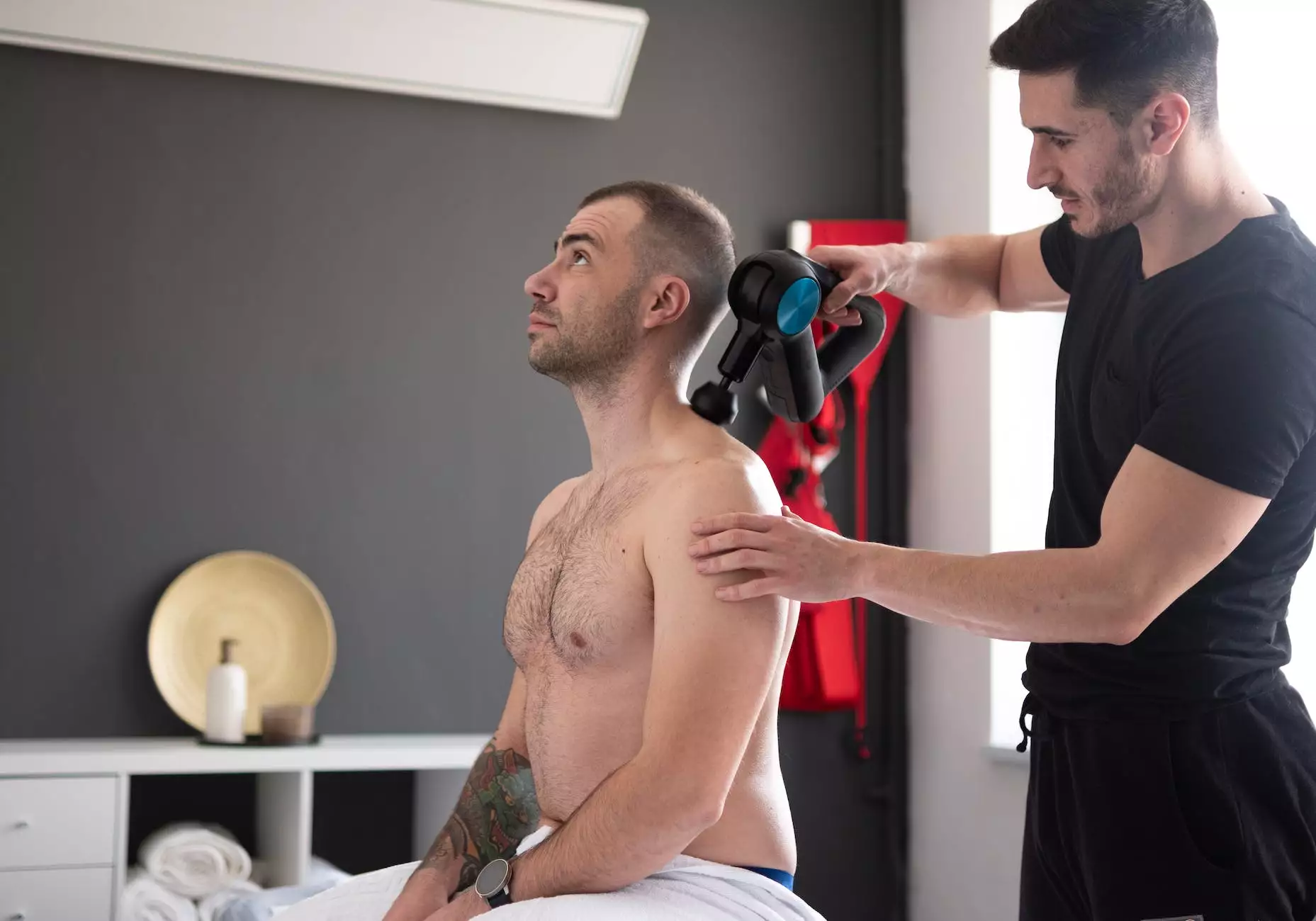Cleft Lip/Cleft Palate Repair: Discharge Instructions

Introduction
Welcome to the page of Foley James D MD, where we provide essential information regarding the discharge instructions following cleft lip/cleft palate repair surgery. Our goal is to ensure a smooth and successful recovery for our patients.
Understanding Cleft Lip and Cleft Palate
Cleft lip and cleft palate are birth defects that affect the structure of the upper lip and roof of the mouth. These conditions occur when certain facial tissues do not fuse properly during fetal development. A cleft lip can range from a small notch to a complete separation of the upper lip, while a cleft palate can affect the soft or hard palate, or both.
Surgery Overview
Cleft lip and cleft palate repair surgery are typically performed when the child is between 3 and 6 months old. The exact timing will be determined by the child's overall health and the severity of the condition. The primary goals of the surgery are to improve facial appearance, restore normal lip and palate function, and support proper speech development.
Discharge Instructions
After Surgery
Following cleft lip/cleft palate repair surgery, your child will be closely monitored in the recovery room until they are awake and stable. It is normal for your child to be groggy and irritable initially. The nursing staff will provide detailed instructions on how to care for your child at home. Here are some common guidelines:
- Keep the surgical area clean and dry.
- Avoid touching or putting pressure on the surgical site.
- Give prescribed pain medications as directed.
- Offer a soft, lukewarm diet to avoid irritating the surgical area.
- Avoid any strenuous physical activities that may lead to injury.
- Attend follow-up appointments as scheduled.
Pain Management
Pain management is crucial in ensuring your child's comfort during the recovery process. Your surgeon will prescribe appropriate pain medications based on your child's age and condition. Follow the dosage instructions carefully and consult your healthcare provider if you have any concerns or questions regarding the medications.
Feeding and Nutrition
After cleft lip/cleft palate repair surgery, your child may face temporary difficulties with feeding. It is important to follow specific instructions provided by your healthcare team. Here are a few general recommendations:
- Offer smaller, more frequent feedings to prevent fatigue.
- Use a specialized feeding bottle or nipple that supports proper lip and palate closure.
- Hold your baby in an upright position while feeding to minimize the risk of choking or aspiration.
- Consult with a speech therapist or feeding specialist if you experience ongoing feeding difficulties.
Recovery and Follow-Up Care
Each child's recovery process may vary, but it is important to follow up with your surgeon for regular check-ups. These appointments allow the healthcare team to monitor your child's progress, evaluate the healing process, and address any concerns or complications that may arise.
Conclusion
At Foley James D MD, we understand the importance of providing comprehensive information and guidance for a successful recovery following cleft lip/cleft palate repair surgery. Our team is dedicated to supporting you and your child throughout the process. For further inquiries or to schedule an appointment, please contact our office.
References
1. American Speech-Language-Hearing Association. Cleft Lip and Palate. Retrieved from https://www.asha.org/public/speech/disorders/cleft-lip/
2. Mayo Clinic. Cleft Palate and Cleft Lip. Retrieved from https://www.mayoclinic.org/diseases-conditions/cleft-palate/symptoms-causes/syc-20370982










